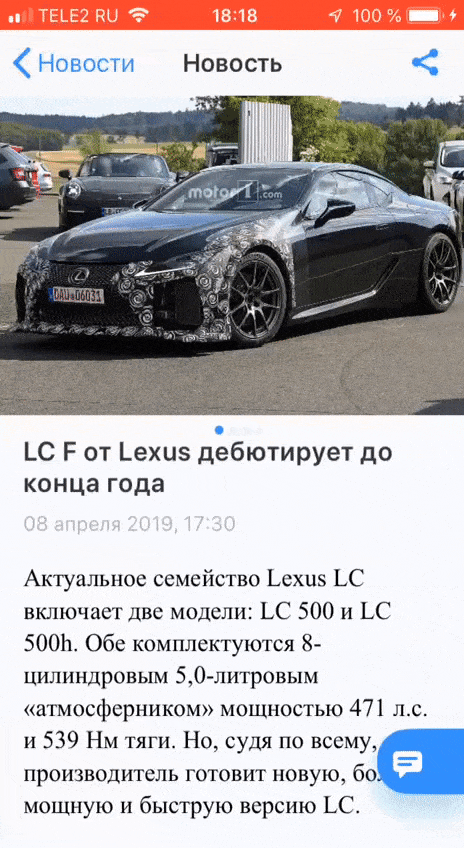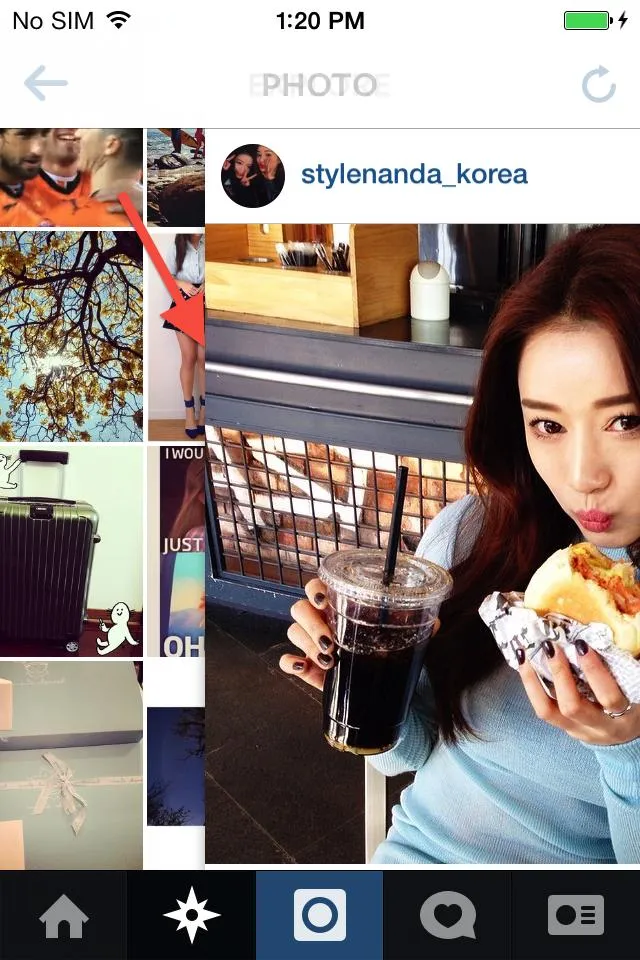这是Spynet答案的Swift版本,经过一些修改。首先,我为
UIView动画定义了一个线性曲线。其次,在视图下方添加了半透明黑色背景,以获得更好的效果。第三,我继承了
UINavigationController。这允许在UINavigationController中应用转换到任何“Pop”转换。以下是代码:
CustomPopTransition.swift
import UIKit
class CustomPopTransition: NSObject, UIViewControllerAnimatedTransitioning {
func transitionDuration(using transitionContext: UIViewControllerContextTransitioning?) -> TimeInterval {
return 0.3
}
func animateTransition(using transitionContext: UIViewControllerContextTransitioning) {
guard let fromViewController = transitionContext.viewController(forKey: UITransitionContextViewControllerKey.from),
let toViewController = transitionContext.viewController(forKey: UITransitionContextViewControllerKey.to)
else {
return
}
let containerView = transitionContext.containerView
containerView.insertSubview(toViewController.view, belowSubview: fromViewController.view)
toViewController.view.frame = CGRect(x: -100, y: toViewController.view.frame.origin.y, width: fromViewController.view.frame.size.width, height: fromViewController.view.frame.size.height)
let dimmingView = UIView(frame: CGRect(x: 0,y: 0, width: toViewController.view.frame.width, height: toViewController.view.frame.height))
dimmingView.backgroundColor = UIColor.black
dimmingView.alpha = 0.5
toViewController.view.addSubview(dimmingView)
UIView.animate(withDuration: transitionDuration(using: transitionContext),
delay: 0,
options: UIView.AnimationOptions.curveLinear,
animations: {
dimmingView.alpha = 0
toViewController.view.frame = transitionContext.finalFrame(for: toViewController)
fromViewController.view.frame = CGRect(x: toViewController.view.frame.size.width, y: fromViewController.view.frame.origin.y, width: fromViewController.view.frame.size.width, height: fromViewController.view.frame.size.height)
},
completion: { finished in
dimmingView.removeFromSuperview()
transitionContext.completeTransition(!transitionContext.transitionWasCancelled)
}
)
}
}
PoppingNavigationController.swift
import UIKit
class PoppingNavigationController : UINavigationController, UINavigationControllerDelegate {
var interactivePopTransition: UIPercentDrivenInteractiveTransition!
override func viewDidLoad() {
self.delegate = self
}
func navigationController(_ navigationController: UINavigationController, willShow viewController: UIViewController, animated: Bool) {
addPanGesture(viewController: viewController)
}
func navigationController(_ navigationController: UINavigationController, animationControllerFor operation: UINavigationController.Operation, from fromVC: UIViewController, to toVC: UIViewController) -> UIViewControllerAnimatedTransitioning? {
if (operation == .pop) {
return CustomPopTransition()
}
else {
return nil
}
}
func navigationController(navigationController: UINavigationController, interactionControllerForAnimationController animationController: UIViewControllerAnimatedTransitioning) -> UIViewControllerInteractiveTransitioning? {
if animationController.isKind(of: CustomPopTransition.self) {
return interactivePopTransition
}
else {
return nil
}
}
func addPanGesture(viewController: UIViewController) {
let popRecognizer = UIPanGestureRecognizer(target: self, action: #selector(handlePanRecognizer(recognizer:)))
viewController.view.addGestureRecognizer(popRecognizer)
}
@objc
func handlePanRecognizer(recognizer: UIPanGestureRecognizer) {
var progress = recognizer.translation(in: self.view).x / self.view.bounds.size.width
progress = min(1, max(0, progress))
if (recognizer.state == .began) {
self.interactivePopTransition = UIPercentDrivenInteractiveTransition()
self.popViewController(animated: true)
}
else if (recognizer.state == .changed) {
interactivePopTransition.update(progress)
}
else if (recognizer.state == .ended || recognizer.state == .cancelled) {
if (progress > 0.5) {
interactivePopTransition.finish()
}
else {
interactivePopTransition.cancel()
}
interactivePopTransition = nil
}
}
}
以下是结果样例:

